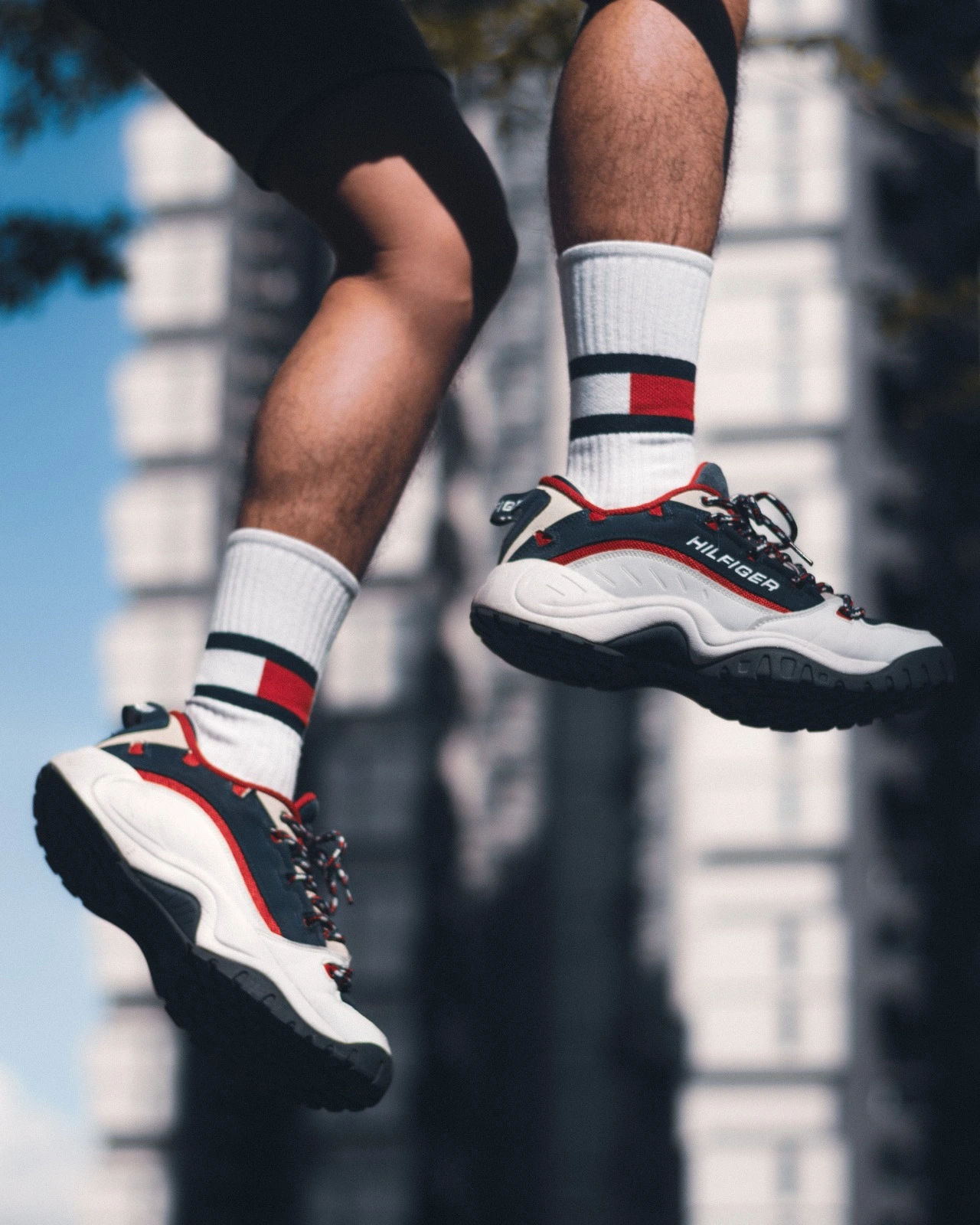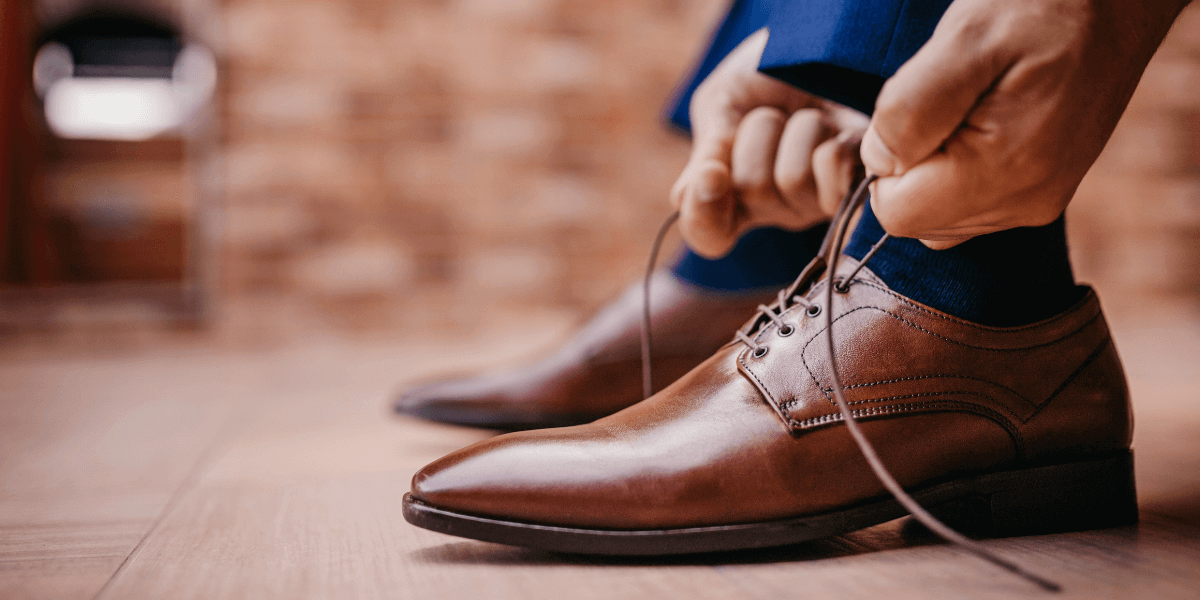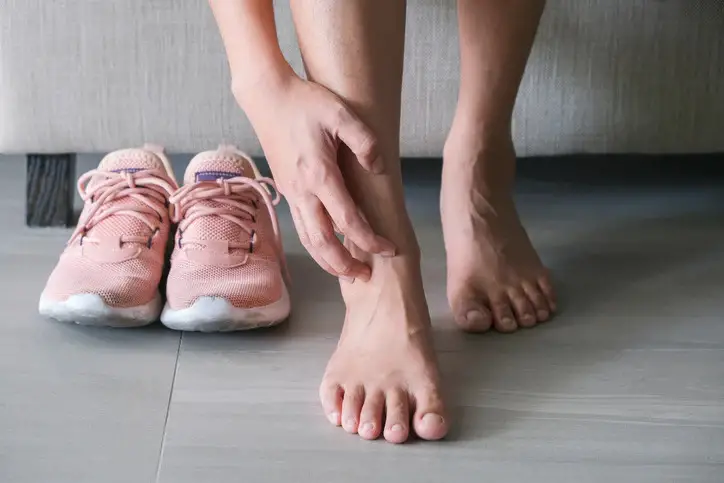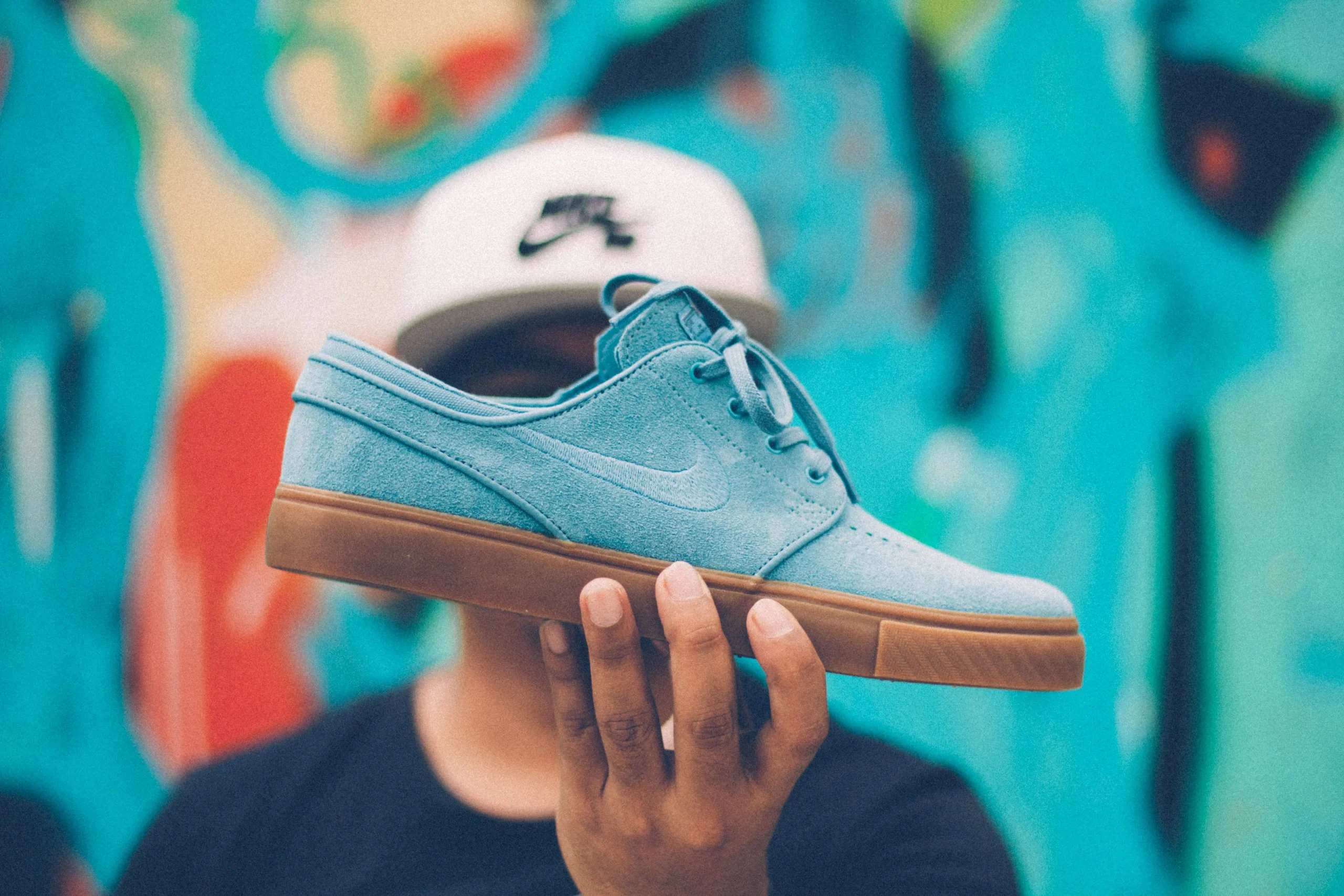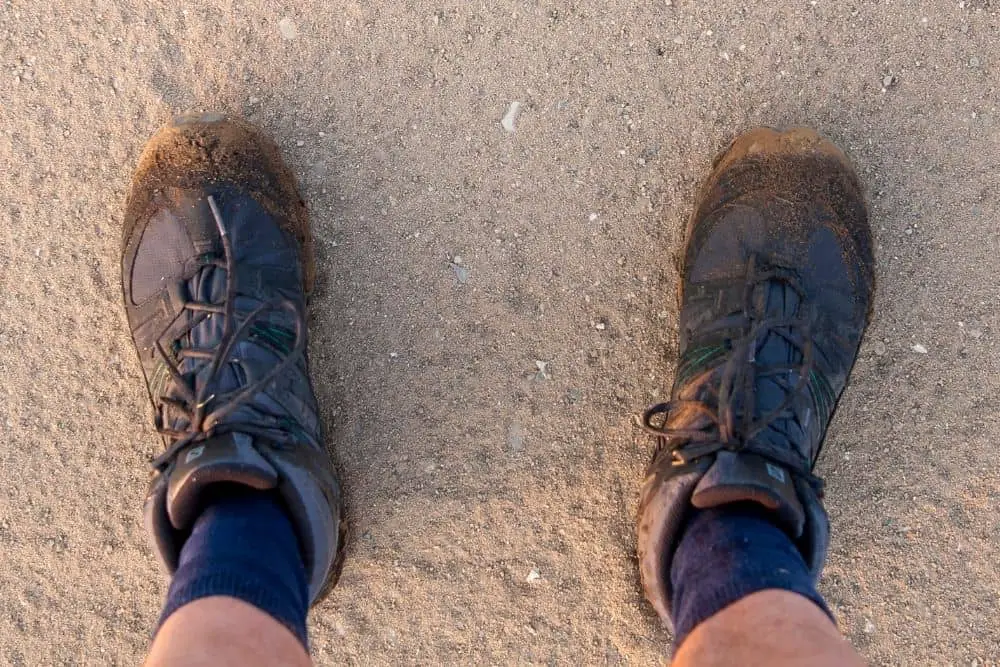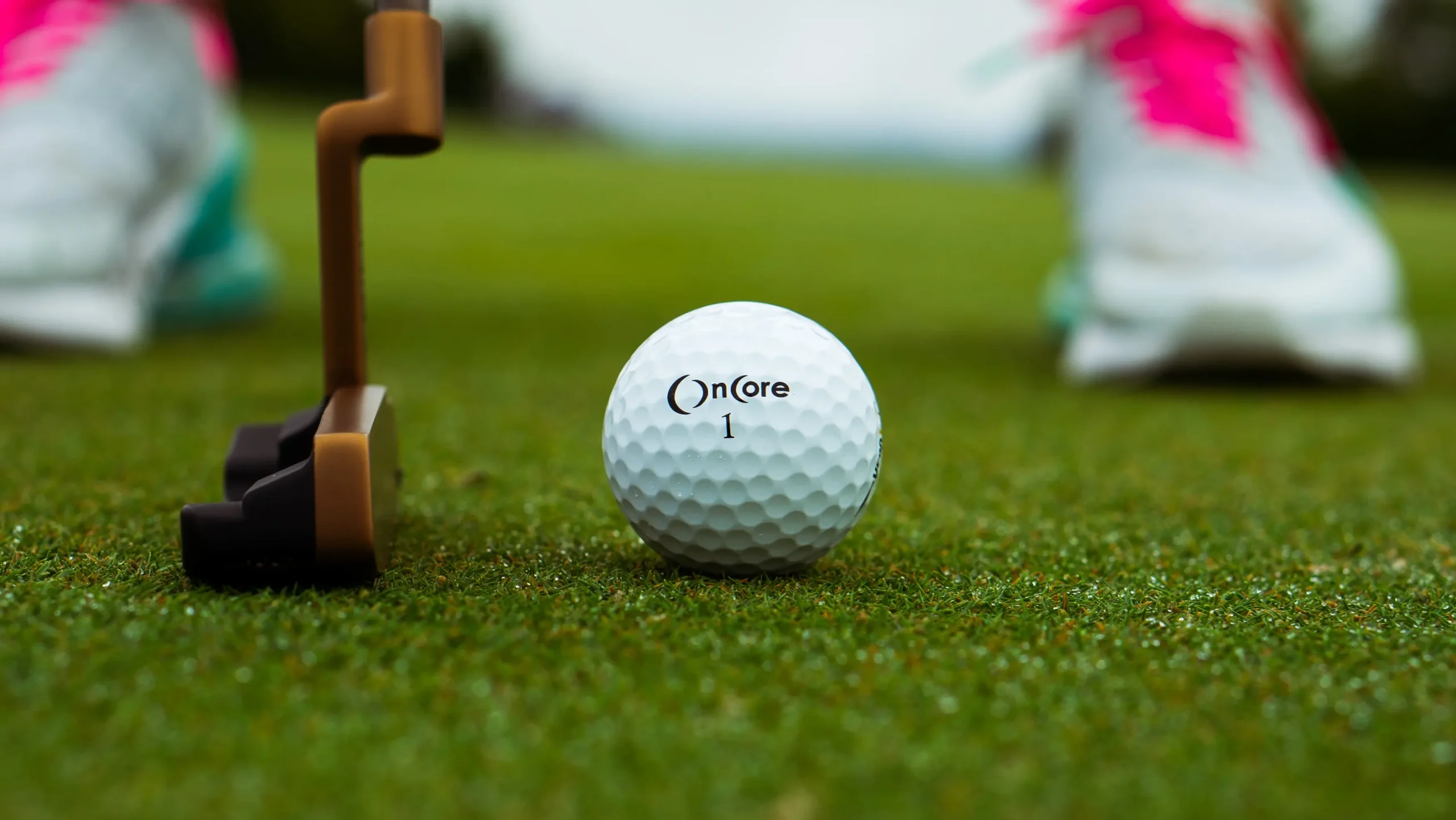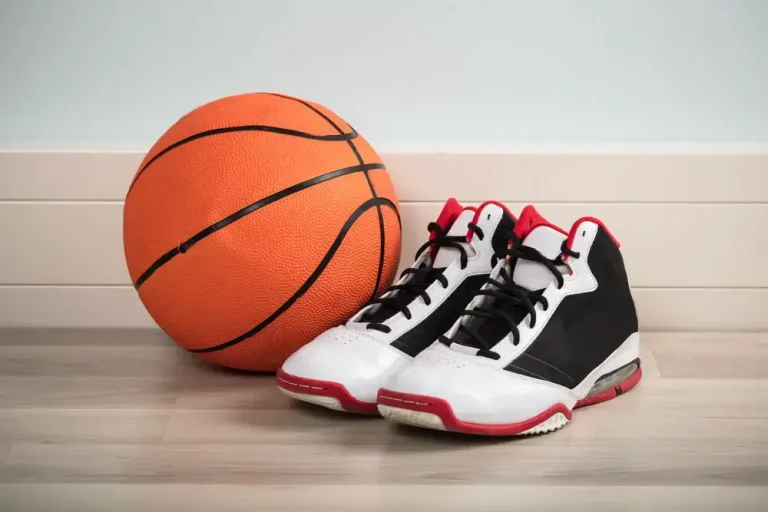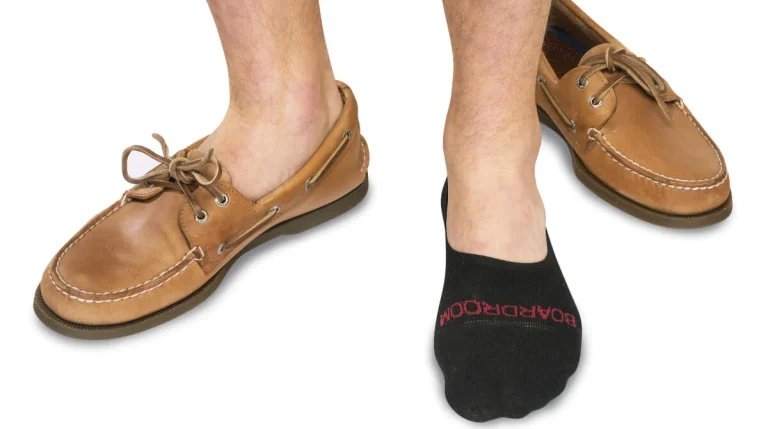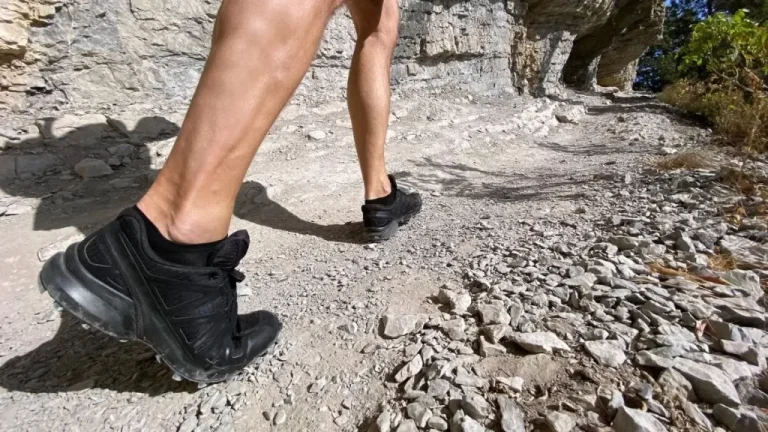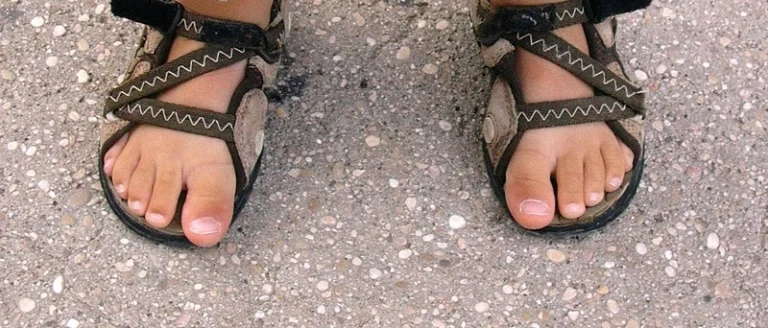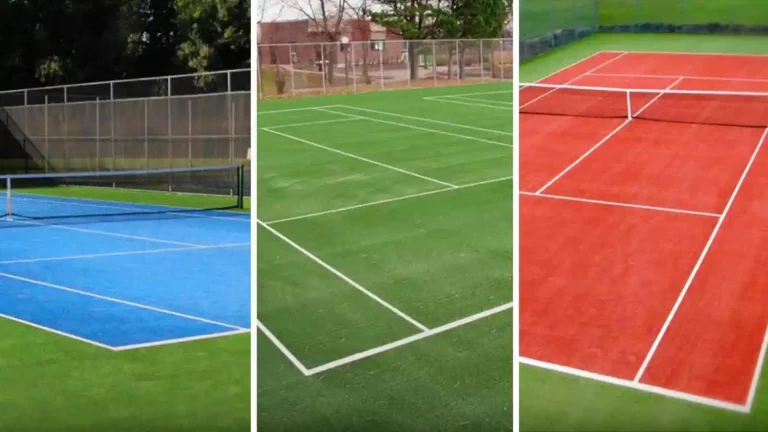How Much Do Tennis Shoes Weigh?
Tennis shoes, also known as athletic or sports shoes, are essential equipment for tennis players. Tennis shoes are designed to provide comfort, support, and stability during gameplay. One important consideration in the design of tennis shoes is their weight. In this blog post, we will explore the factors that affect the weight of lightweight tennis shoes and how different designs and materials can affect performance on the court.
Variation in Weight of Tennis Shoes
The weight of tennis shoes can vary depending on several factors. One of the most significant factors is the size of the shoe.
A larger shoe box will generally weigh more than a smaller one, requiring more materials to make.
However, some brands offer shoes in different widths and sizes, which can help reduce the overall weight by providing a better fit.
In addition, the materials used in the construction of tennis shoes can affect their weight.
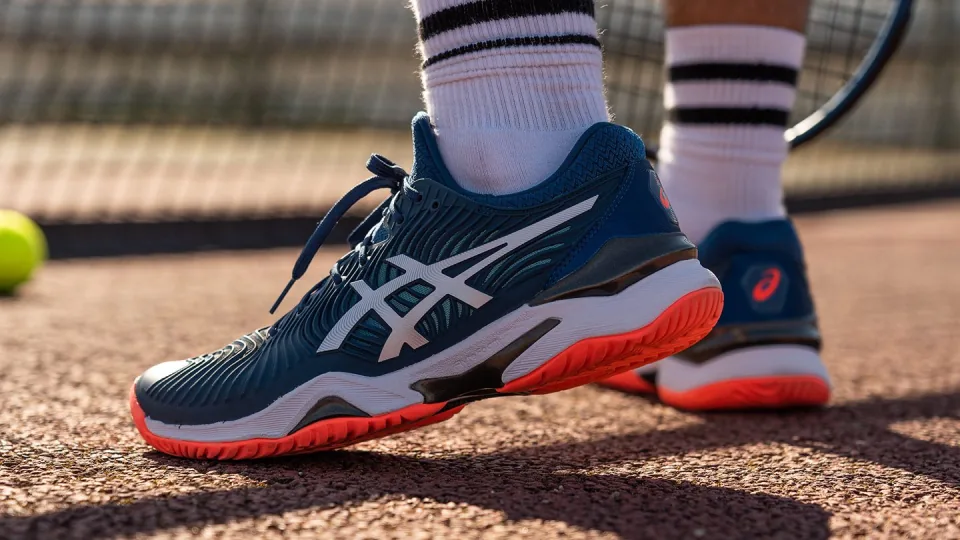
Tennis Shoes Upper
In the early days of tennis, shoes were made from leather and had heavy rubber soles.
Today, most tennis shoes are made from synthetic materials such as mesh, nylon, and polyurethane.
These materials are not only lighter but also more durable and breathable.
Mesh, for example, is a lightweight and breathable material that allows air to flow through the shoe, keeping the foot cool and dry during gameplay.
Tennis Shoes Sole
The sole of a tennis shoe is another important factor in its weight.
Tennis shoes can have different types of soles depending on the playing surface.
For example, shoes designed for clay courts will have a different sole pattern than shoes designed for hard courts.
The sole also affects the shoe’s weight, with thicker soles generally being heavier than thinner ones.
Some tennis shoes also feature a midsole, which provides additional cushioning and support for the foot. However, this can add to the shoe’s weight.
The style of shoe matters
In addition to the materials and sole design, the style of the shoe can also affect its weight.
For example, some tennis shoes have a low profile, which means that they sit closer to the ground.
This can provide better stability and a more natural feel on the court, but it can also mean that the shoe is lighter.
Other winter boots have a thicker sole, which can provide more cushioning and support but can also add to the shoe’s weight.

Technology reduces weight and improves performance
One of the most significant advances in the design of tennis shoes has been the use of technology to reduce weight and improve performance.
For example, some shoes feature a carbon fiber plate in the sole, which provides extra support and stability while keeping the shoe lightweight.
Other shoes use foam technology to provide cushioning and support without adding extra weight.
The use of new materials and manufacturing processes has also allowed for the creation of shoes that are lighter and more durable than ever before.
Trend to Move Towards Basic Shoes
Another trend in tennis shoe design has been the move towards the basics.
Some players prefer shoes that are lightweight and have a low profile, allowing them to feel more connected to the court and move more quickly.
Basic shoes often feature a thinner sole and less cushioning, but they can provide a better feel for the court and allow players to make quick movements.
In addition, some basic shoes are made with a single piece of material, which helps reduce their weight and increase their durability.
Related To: Best Tennis Shoes For Sciatica
Related To: Best Tennis Shoes For Wide Feet
So, how much do tennis shoes weigh?
How much do shoes weigh? The answer to this question is that the weight of a tennis shoe can vary depending on the factors mentioned above. Normally, a pair of shoes has two shoe weights.
In general, tennis shoes weigh between 8 and 14 ounces per shoe, with the average weight being around 10 ounces.
This may not seem like a lot, but when you consider that tennis players can cover several miles during a match, even a small reduction in weight can make a significant difference in their performance.
The weight of tennis shoes is an important consideration for players of all levels.
A lighter shoe can help reduce fatigue and improve agility on the court. However, it’s important to find a shoe that provides the right balance of weight.

Making lightweight shoes for tennis
The making of tennis shoes involves several steps and processes. From the initial design phase to the final production and distribution of the finished product.
In this essay, we will take a closer look at the steps involved in making tennis shoes.
Design of shoes
The first step in making tennis shoes is the design phase.
This involves creating a design concept and sketching out the shoe’s features, such as the upper, sole, and lacing system.
Designers may use computer-aided design (CAD) software to create 3D models of the shoe.
Pattern-Making of Shoes
Once the design has been finalized, a pattern is created for the shoe.
This involves cutting out pieces of material that will be used to make the upper, sole, and other parts of the shoe.
The pattern is typically made from cardboard or paper and serves as a template for cutting the actual materials.
Material Selection
Tennis shoes are typically made from a variety of materials, including leather, synthetic fabrics, and rubber.
The materials are selected based on their durability, flexibility, and other properties.
The upper of the shoe may be made from a combination of materials, such as mesh and leather, to provide breathability and support.
Cutting And Stitching
Once the materials have been selected, they are cut to size using the pattern as a guide.
The pieces are then stitched together using a variety of techniques, such as hand-stitching or machine stitching.
The stitching is important for creating a durable and secure shoe.

Lasting of Shoes
After the upper has been stitched together, it is stretched over a shoe last, which is a form that gives the shoe its shape.
The last is typically made from wood or plastic and comes in a variety of sizes and shapes to fit different foot types. The upper is then attached to the last with glue or stitching.
Sole Construction
The sole of the tennis shoe is typically made from rubber or synthetic materials.
It may be molded or cut from sheets of material and then attached to the shoe upper with glue or stitching.
The sole may also feature special designs, such as treads or grooves, to provide traction and support on the court.
Finishing Shoes
Once the shoe has been assembled, it undergoes a finishing process that includes cleaning, polishing, and quality control checks.
The shoe may also be branded with logos or other designs.
Distribution and packing
The finished tennis shoes are then packaged and distributed to retailers or directly to customers.
They may be sold in stores or online, and they may be available in a range of sizes and colors to suit different preferences.
6 Things You Must Know Before Buying Tennis Shoes
Choosing the right tennis shoes is important for players of all levels, as it can affect their performance and prevent injury. Here are some factors to consider when choosing tennis shoes:
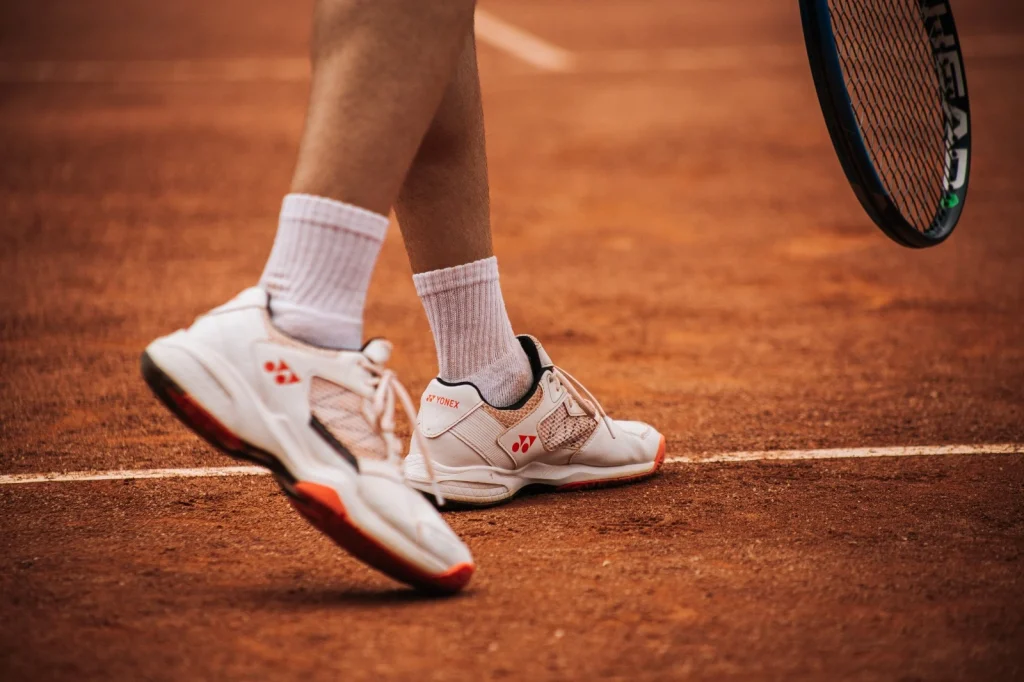
1) Court Surface
Different court surfaces, such as clay, grass, or hard courts, require different types of shoes.
Shoes designed for clay courts typically have herringbone or zigzag patterns on the sole for better traction, while shoes for hard courts have a durable sole to withstand the hard surface.
2) Foot Type
It’s important to consider your foot type when choosing tennis shoes.
If you have flat feet, you may need shoes with extra arch support, while those with high arches may require shoes with more cushioning.
3) Fitting Of Tennis Shoes
A proper fit is essential for comfort and performance.
Make sure to try on shoes with the socks you plan to wear while playing tennis, and ensure there is enough room in the toe box for your toes to move freely.
The shoe should fit snugly around the heel and midfoot to provide stability.
4) Durability Of Shoes
Tennis shoes should be durable enough to withstand the wear and tear of the court.
Look for shoes made from high-quality materials and with reinforced areas, such as the toe and heel.
5) Comfort And Support
Tennis shoes should provide adequate cushioning and support to prevent injuries and reduce fatigue.
Look for shoes with features such as shock-absorbing soles, padded collars, and breathable uppers.
6) Brand And Style
Choose a brand and style that you trust and that fit your personal preferences.
Some brands may have features specific to their shoes, such as Nike’s Flywire technology for lightweight support or Adidas’ Boost technology for energy return.
It’s important to try on different shoes and take the time to find the right fit and features that work best for you.
Don’t hesitate to ask for advice from a knowledgeable salesperson or coach. Investing in a good pair of tennis shoes can improve your performance and prevent injuries in the long run.
Related to: Can You Wash On Cloud Tennis Shoes?
Special Features of Female Tennis Shoes
Female tennis shoes have a range of special features that are designed specifically to meet the unique needs of female tennis players.
Here are some of the key features to look for when selecting a pair of average women’s shoes weigh:

Lightweight
Female tennis shoes are designed to be lightweight and agile, allowing players to move quickly around the court and react to fast-paced shots.
Supportive Upper
A supportive upper helps to keep the foot stable and secure during lateral movements, which are common in tennis.
Women’s running shoes may feature different types of uppers, such as mesh or synthetic materials, depending on the level of support and breathability desired.
Cushioning
Tennis is a high-impact sport that puts a lot of stress on the feet and joints.
Cushioning technology in women’s tennis shoes helps to absorb shock and reduce the risk of injury.
Traction
Good traction is essential for tennis players to maintain their footing on the court and make quick, precise movements.
Women’s tennis shoes may feature specially designed rubber outsoles or other materials that provide excellent grip and stability.
Durability
Tennis shoes take a lot of wear and tear, so durability is an important factor to consider.
Women’s tennis shoes may have reinforced areas in high-wear areas such as the toe or sole to help extend the life of the shoe.
Styles
Women’s tennis shoes are available in a range of styles and colors, allowing players to express their style while also enjoying the functional benefits of a well-designed tennis shoe.
By selecting a women’s tennis shoe with these special features, female tennis players can optimize their performance on the court and reduce the risk of injury while also enjoying a comfortable and stylish shoe that fits their unique needs.
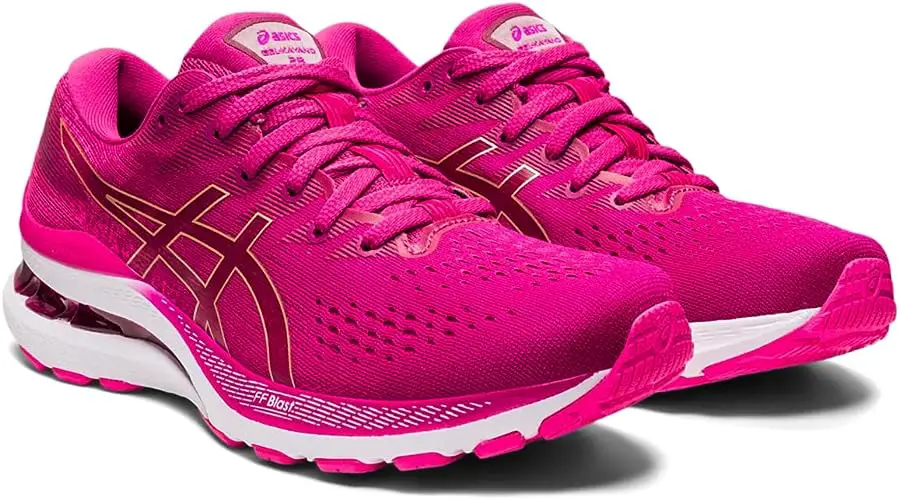
Popular Colors in Male and Female Tennis Shoes
The colors of tennis shoes have evolved over the years and have become more diverse and unique.
While white used to be the predominant color in tennis shoes, nowadays there is a range of colors available for both men’s and women’s tennis shoes.
For men’s tennis shoes, the most popular colors tend to be white, black, and blue.
These colors are versatile and can be paired easily with most tennis outfits.
However, many brands also offer more colorful options, such as bright green, orange, and red.
For women’s tennis shoes, there are many more options when it comes to colors.
The most popular colors tend to be white, pink, and blue. But there are also many other colors available, such as purple, green, and orange.
In recent years, many brands have also introduced designs with bold patterns and prints, allowing female tennis players to express their personal style on the court.
Ultimately, the choice of color for tennis shoes is a matter of personal preference.
Some players may prefer classic white shoes, while others may opt for a more vibrant and eye-catching design.
Whatever the color, it is important to choose a tennis shoe. That is comfortable, supportive, and functional for the demands of the game.
Size Range In Tennis Shoes For Males And Females
Tennis shoes for both males and females are typically available in a wide range of sizes to accommodate different foot shapes and sizes.
Most brands offer a size range that covers both small and large sizes.
For men’s tennis shoes, the size range typically starts at size 6 or 7 and goes up to size 15 or 16. Some brands may offer even larger sizes for men with particularly large feet.
For women’s tennis training shoes, the size range usually starts at size 5 or 6 and goes up to size 12. However, some brands may offer smaller or larger sizes to cater to a wider range of foot sizes.
It is important to note that different brands may have slightly different size charts.
So it is always a good idea to consult the specific brand’s sizing chart before making a purchase. Additionally, it is important to try on tennis shoes before buying them.
Different brands and models may fit differently, even in the same size.

How much does a shoebox weigh?
After discussing it, how much does a pair of shoes weigh? The next question that comes to mind is how much a shoe box weighs.
So, the answer to this question is that the weight of a shoe box can vary depending on several factors.
On average, a standard shoe box weighs approximately 150 to 300 grams (5 to 10 ounces). However, the actual weight can differ based on the size, material, and design of the box.
Smaller boxes used for lightweight shoes like flats or sandals tend to be closer to the lower end of this range, while larger boxes for boots or athletic shoes might be at the higher end.
Packaging materials and labels can add to the overall weight. Hence, the specific weight of a shoe box can fluctuate, but this range provides a general idea.
Conclusion
How much do shoes weigh? The answer to this question is, On average, tennis shoes can weigh anywhere from 8 to 16 ounces (227 to 454 grams).
However, some lightweight tennis shoes can weigh as little as 6 ounces (170 grams), while others can weigh over 1 pound (453 grams).
The weight of tennis shoes also depends on the type of court they are designed for.
Shoes designed for clay courts are typically lighter than those designed for hard courts, as clay courts require less traction.
Frequently Asked Questions
Latest Post

